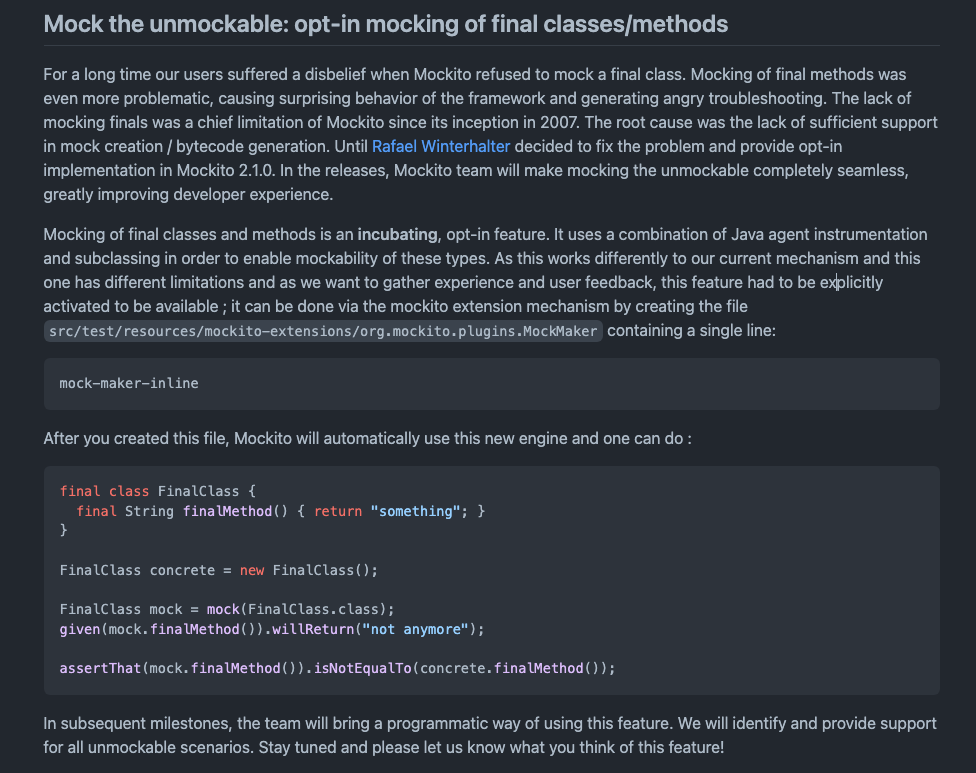

However, to perform state verification, sometimes the object under test has to collaborate with another one. This is called state verification or black-box testing. Finally, verify the result by checking the state of the object under test.Second, execute the method that you want to test.First, configure what you’re going to test.If you remember from a previous chapter, whenever you create a test, you must: Write more unit tests using the test-driven development (TDD) pattern to continue testing state, and a way to also verify behavior.Learn what mocking and stubbing are and when to use these techniques.Otherwise, you’d be doing integration testing, which you’ll see in Chapter 8, “Integration.” Unit Tests normally focus on a single class, therefore you need a way to avoid using their actual collaborators. You’ll often find yourself in situations in which you want to write a test for a method of a class that requires collaboration from another class. 19.1 Acceptance test-driven development.

17.1 Continuous integration fundamentals.Continuous Integration & Other Related Tools 15.4 Mocking final classes with Espresso.15.3 Robolectric and IdlingResource limitations.15.1 Source sets, Nitrogen and sharedTest.14.7 Refactoring SearchForCompanionFragment.14.2 Adding supplemental coverage before refactoring.13.3 Determining your system boundaries.12.2 Lean/XP technical practice co-dependency.Section III: TDD on Legacy Projects Section 3: 9 chapters Show chapters Hide chapters 8.6 Testing the wishlist’s save functionality.Section II: Testing on a New Project Section 2: 8 chapters Show chapters Hide chapters


 0 kommentar(er)
0 kommentar(er)
